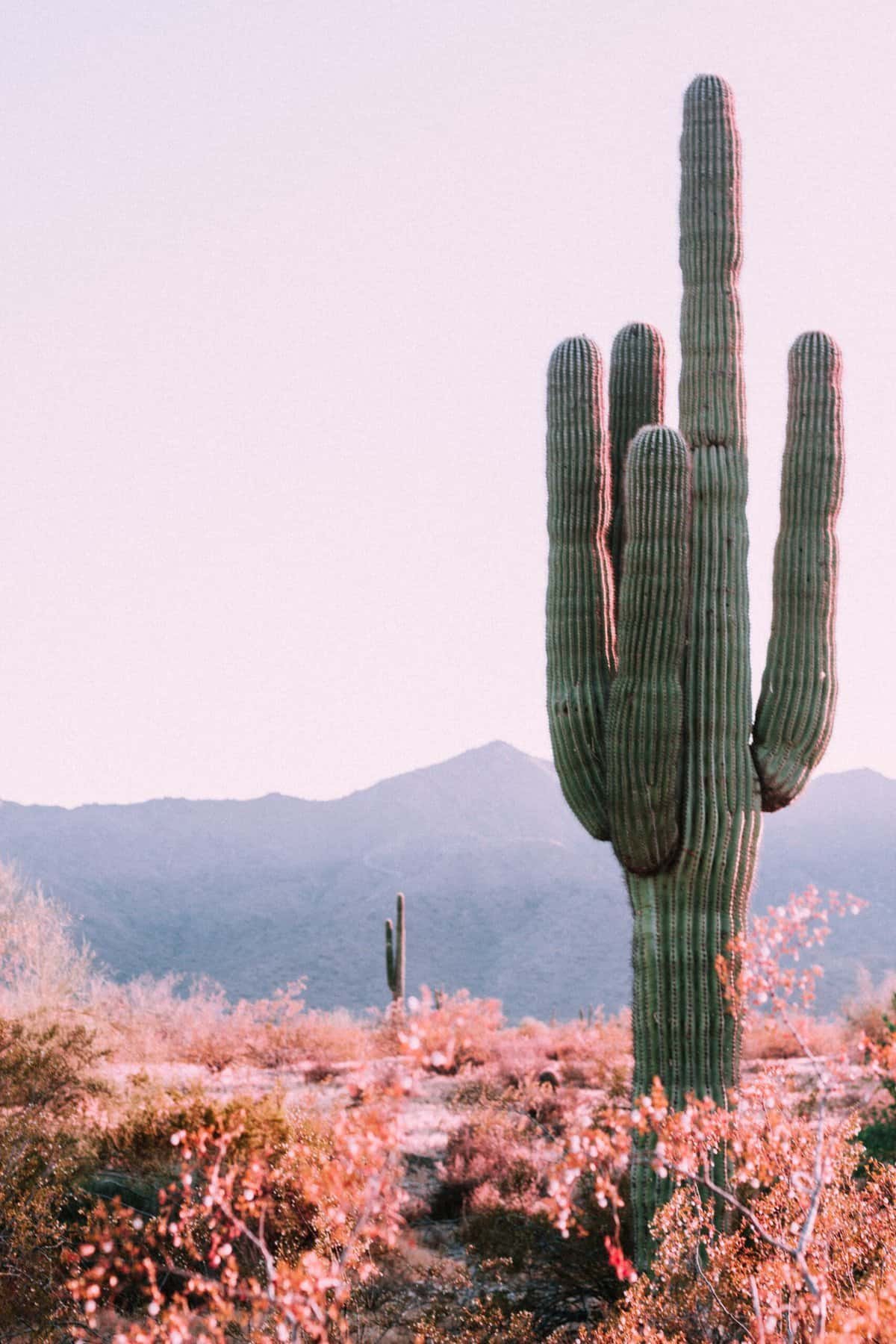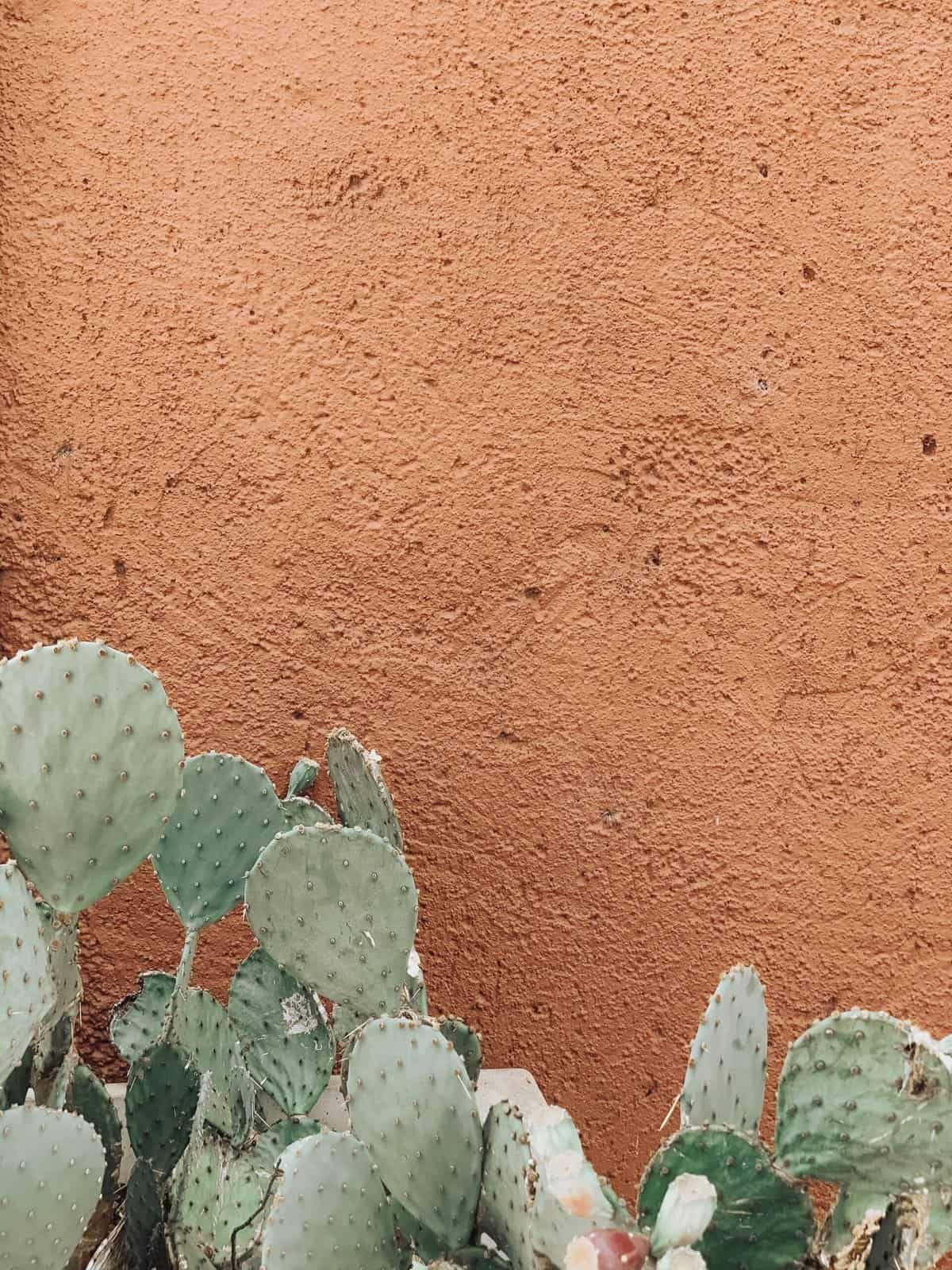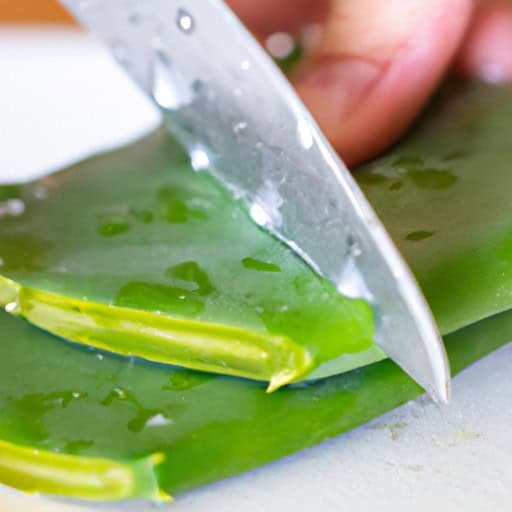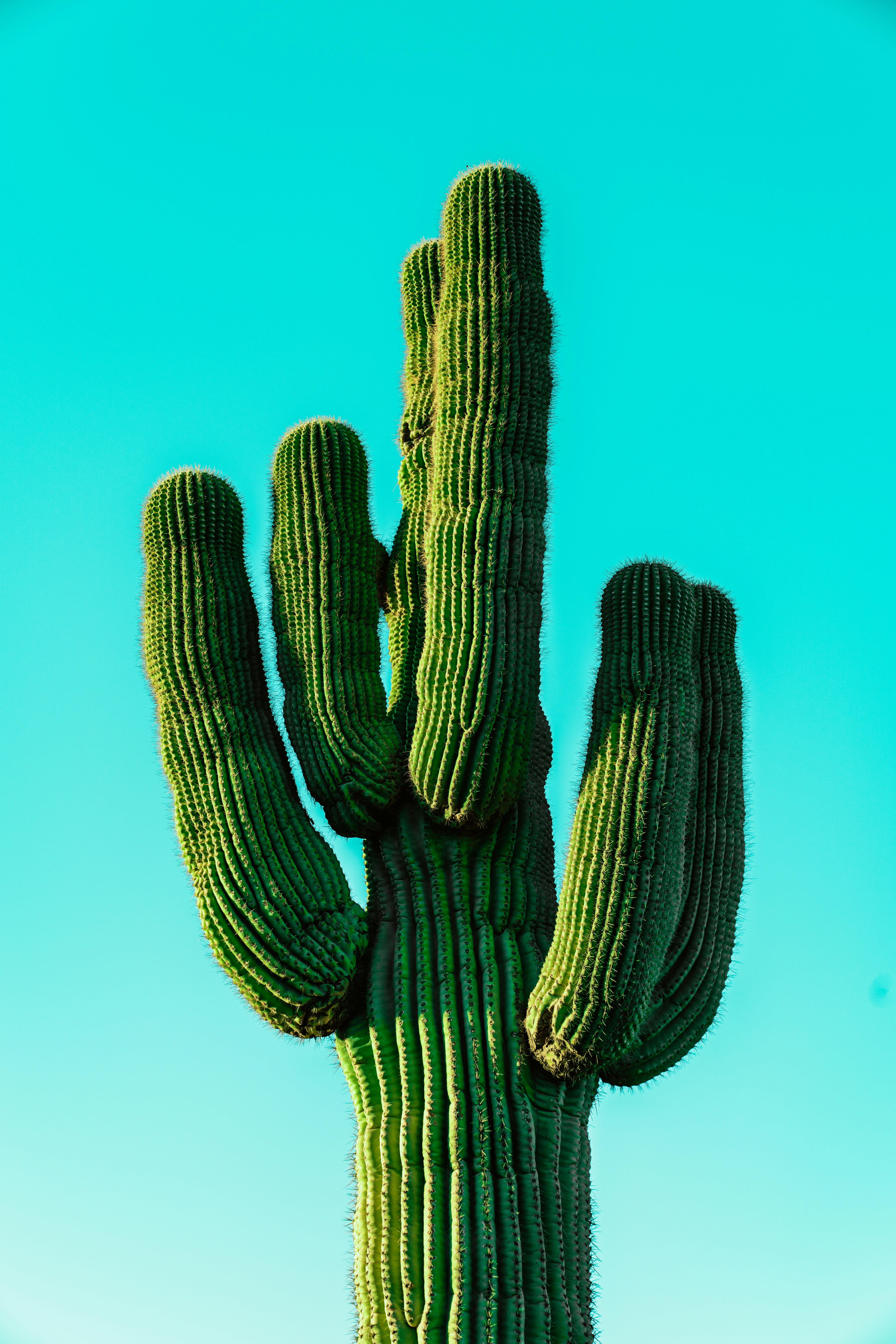Nopales, or prickly pear cactus pads, are a versatile ingredient used in various delicious Mexican dishes. However, when preparing nopales, one obstacle that many encounter is the viscous substance called mucilage. This slimy texture can be off-putting and affect the final taste and texture of your recipe. Fear not, for there are simple and effective methods to remove this mucilage, allowing you to fully enjoy the unique flavors and nutritional benefits of nopales. So, whether you’re looking to make a refreshing salad or a mouthwatering sautéed dish, we’ve got you covered with the best techniques to tackle that troublesome mucilage!

Why Remove Mucilage from Nopal?
Mucilage in Nopal
Nopal, also known as prickly pear cactus, is a versatile and nutritious ingredient in many Mexican and Latin American cuisines. However, one of the challenges of cooking with nopal is the presence of mucilage, a gel-like substance that can give it a slimy texture. While some people enjoy the texture, others may find it unpleasant. In order to achieve the desired consistency and to enhance the overall culinary experience, many recipes require the removal of mucilage from nopal.
Why Remove Mucilage?
There are several reasons why removing mucilage from nopal is preferred. Firstly, the slimy texture can be off-putting to some individuals who are not accustomed to it. By removing the mucilage, nopal can have a more pleasant mouthfeel. Additionally, the mucilage can release a bitter taste when cooked, which can affect the flavor of the dish. Removing the mucilage ensures a cleaner and more neutral taste. Lastly, removing the mucilage can allow for better control over the texture and appearance of the final dish, making it more visually appealing and versatile for different cooking techniques.
Traditional Methods
Cleaning the Nopal Pads
The first step in removing mucilage from nopal is to clean the pads thoroughly. Start by rinsing the pads under cold water to remove any dirt or debris. Then, use a sharp knife to cut off the edges of the pads, including any thorns or spines. Once the pads are cleaned and trimmed, proceed to the desired method of removing the mucilage.
Blanching Method
Blanching is a common method for removing mucilage from nopal. To blanch the pads, bring a large pot of water to a boil. Carefully add the cleaned and trimmed pads to the boiling water and cook for 5-7 minutes. This process helps to soften the mucilage and make it easier to remove. After blanching, transfer the pads to a colander and rinse them under cold water to stop the cooking process.
Boiling Method
Another traditional method for removing mucilage is boiling the nopal pads. Place the cleaned and trimmed pads in a pot and cover them with water. Bring the water to a boil and cook for 15-20 minutes. The boiling process will help break down the mucilage and make it easier to remove. Once cooked, drain the pads in a colander and rinse with cold water to cool them down.
Modern Techniques
Using Lemon Juice
Using lemon juice is a modern technique that can effectively remove mucilage from nopal. Simply squeeze fresh lemon juice over the cleaned and trimmed pads before cooking. The acidity of the lemon juice helps to break down the mucilage and reduce its slimy texture. Allow the lemon juice to sit on the pads for a few minutes before proceeding with the desired cooking method.
Using Salt
Salt can also be used as a modern technique for removing mucilage from nopal. Sprinkle a generous amount of salt over the cleaned and trimmed pads and let it sit for 10-15 minutes. The salt helps to draw out the moisture, which in turn helps to reduce the sliminess of the mucilage. Rinse the pads thoroughly under cold water to remove any excess salt before cooking.
Using Vinegar
Vinegar is another effective modern technique for removing mucilage from nopal. Mix equal parts of water and vinegar in a bowl and soak the cleaned and trimmed pads in the mixture for 10-15 minutes. The acidic nature of the vinegar helps to break down the mucilage and minimize its slimy texture. Rinse the pads well under cold water after soaking.
Alternative Methods
Using a Vegetable Brush
If you prefer not to use blanching or boiling methods, using a vegetable brush can be an effective alternative. Use a vegetable brush to scrub the nopal pads under cold water, paying extra attention to areas with visible mucilage. The friction from the brush helps to remove the slimy substance from the surface of the pads. Once the mucilage is scrubbed off, rinse the pads thoroughly before cooking.
Freezing and Thawing
Freezing and thawing nopal pads is another alternative method for removing mucilage. Start by cleaning and trimming the pads as usual. Place them in a freezer bag or wrap them tightly in plastic wrap. Freeze the pads for a minimum of 24 hours. Once frozen, remove the pads from the freezer and place them in a colander to thaw. As the pads thaw, the mucilage will naturally release and can be easily rinsed off under cold water.
Grilling or Roasting
Grilling or roasting nopal pads can also help to remove mucilage. Start by cleaning and trimming the pads, then apply a thin layer of oil to prevent sticking. Grill or roast the pads over medium-high heat until they are slightly charred and tender. The heat helps to break down the mucilage, resulting in a less slimy texture. Once cooked, allow the pads to cool before rinsing off any remaining mucilage.

Tips for Removing Mucilage Effectively
Choose Fresh Nopal Pads
When removing mucilage from nopal, it is important to start with fresh and high-quality pads. Fresh pads will have a firmer texture and be easier to clean. Look for pads that are bright green in color and free from any blemishes or bruises.
Handle with Care
Nopal pads can have sharp thorns, so it is important to handle them with care when cleaning and trimming. Use a sharp knife to remove the thorny edges and handle the pads with caution to avoid any injuries.
Time and Temperature Control
Whether using traditional or modern techniques, proper time and temperature control is crucial for effective mucilage removal. Follow the recommended cooking times and temperatures specified in the chosen method to achieve the desired results.
Using Mucilage in Recipes
Embrace the Mucilage
While many recipes call for the removal of mucilage from nopal, it is worth mentioning that the slimy texture can be embraced and incorporated into certain dishes. Some individuals enjoy the unique texture and nutritional benefits that mucilage provides, such as its high fiber content. If you prefer to keep the mucilage, simply skip the mucilage removal steps in the recipes and proceed with cooking as usual.
Traditional Mexican Dishes
In traditional Mexican cuisine, nopal is used in a variety of dishes. Mucilage removed or not, nopal can be sautéed with onions, garlic, and spices to create a flavorful side dish. It can also be added to soups, stews, and salads for a nutritious boost. Nopal is a versatile ingredient that complements many traditional Mexican flavors and adds a touch of authenticity to the dishes.
Innovative Culinary Uses
Beyond traditional Mexican dishes, nopal can be used in innovative ways in culinary creations. Its unique texture and neutral taste make it a great addition to smoothies, salsas, and even desserts. Try blending nopal into a refreshing smoothie with fruits and greens or incorporating it into a spicy salsa for a unique twist. The possibilities are endless when it comes to exploring the culinary potential of nopal.
Conclusion
Removing mucilage from nopal is a common practice for those who prefer a less slimy texture and a more neutral taste. Whether using traditional methods like blanching or boiling, modern techniques such as lemon juice or salt, or alternative methods like scrubbing or grilling, there are various ways to effectively remove mucilage from nopal. However, it is important to note that the mucilage can also be embraced and used in certain recipes for its unique texture and nutritional benefits. Whether you choose to remove the mucilage or not, nopal is a versatile ingredient that can enhance the flavors and nutritional value of your dishes.


